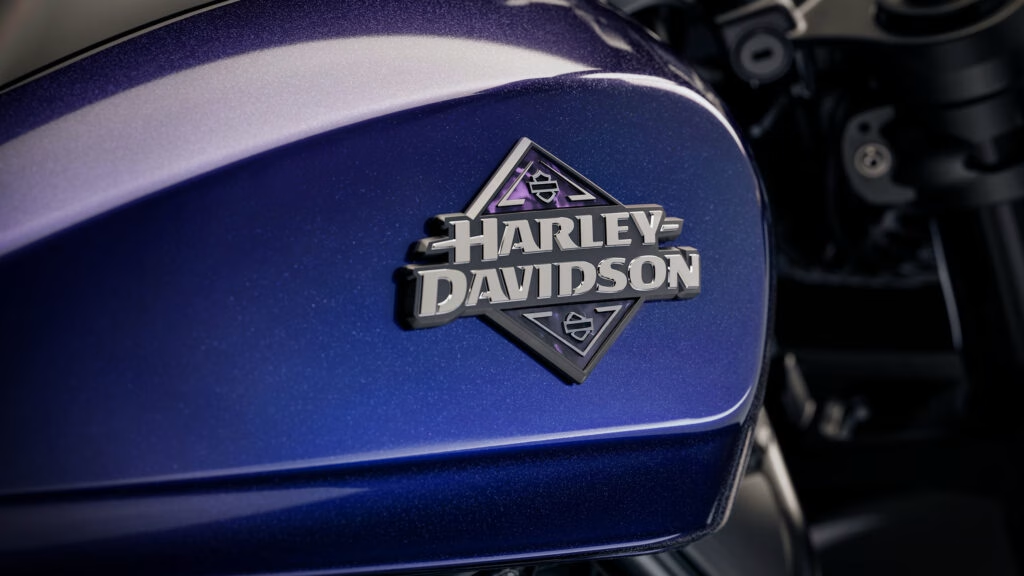Why Is Harley-Davidson Betting on a $6,000 Motorcycle?
Harley-Davidson is taking a bold step. With global motorcycle demand down 15 percent—and Harley’s own registrations dropping a steeper 18 percent for 2025—the iconic brand is launching a new, budget-friendly bike aimed squarely at younger riders. The move isn’t just about numbers; it’s about survival and relevance in a market that’s rapidly changing.
For years, Harley’s entry-level bikes hovered around $10,000, a price tag that’s out of reach for many first-time buyers and younger enthusiasts. CEO Jochen Zeitz recently confirmed that the company’s upcoming model, set to debut in 2026, will cost less than $6,000—making it about $4,000 cheaper than the current most affordable Harley. That’s a seismic shift for a brand often associated with big, expensive cruisers.
What’s the Story Behind the New Harley Sprint?
The new bike revives the Sprint name, a nod to Harley’s 1960s effort to fend off competition from Honda’s small-displacement motorcycles. This isn’t just a nostalgia play, though. The 2026 Sprint is designed from the ground up to be accessible, fun, and—crucially—profitable. Zeitz describes it as “inspired by our heritage and the spirit of the iconic Harley Davidson Sprint motorcycle,” promising a machine that channels the brand’s rebellious energy in a smaller, more affordable package.
Technical details are still under wraps, but expect a much smaller engine than Harley’s usual 975cc-and-up lineup. The Sprint will be joined by a cruiser-style companion model, likely sharing many components to keep costs down. Dealers will get their first look in October, with sales to follow in key markets.
How Will This Shift Impact Harley’s Core Identity?
For some die-hard Harley fans, the idea of a $6,000 bike might sound like sacrilege. But the reality is that the brand needs fresh blood. According to the Motorcycle Industry Council, the median age of motorcycle owners in the US has crept up to 50, and younger riders are gravitating toward lighter, more affordable machines from brands like Honda, Yamaha, and Royal Enfield.
Harley’s experiment with the X440—a $3,000 single-cylinder bike built with Hero MotoCorp for the Indian market—has already proven that there’s huge demand for accessible Harleys. The X440 shattered sales expectations in India, though it’s not available in the US or Europe. If the Sprint can capture even a fraction of that enthusiasm stateside, it could be a game-changer.
What About Electric? LiveWire’s New Mini Motos
Harley isn’t just banking on gas-powered bikes. Its electric sub-brand, LiveWire, is also pivoting to attract younger, budget-conscious riders. Zeitz confirmed that LiveWire’s mini-moto concepts—one for trails, one for the street—are headed for production. These pint-sized electrics can hit 30 mph in three seconds, top out at 53 mph, and offer a 100-mile range. Not bad for city commutes or weekend adventures.
The timing is critical. LiveWire sold only 88 electric bikes in the first half of 2025, a 68 percent drop from the previous year, and posted a $38.4 million loss. Clearly, the high-end electric market isn’t panning out—at least not yet. By targeting the mini-moto segment, LiveWire hopes to find a better product-market fit and recapture some lost momentum.
Will Cheaper Harleys Attract New Riders?
There’s reason for optimism. According to a 2023 survey by the National Bureau of Economic Research, price is the single biggest barrier to motorcycle ownership among millennials and Gen Z. Lowering the entry point could open the door for a new generation of riders who crave the Harley mystique but can’t justify a five-figure investment.
But it’s not just about price. The new Sprint and its electric cousins need to deliver on style, performance, and that intangible sense of freedom that’s always been Harley’s calling card. If they can strike the right balance, Harley could rewrite its own playbook—and maybe even set a new standard for the industry.
What’s Next for Harley-Davidson and the Motorcycle Industry?
The motorcycle world is at a crossroads. Legacy brands like Harley-Davidson are being forced to adapt or risk fading into irrelevance. By embracing affordability and innovation—without abandoning its core identity—Harley is making a calculated gamble. Will it pay off? Only time will tell, but the early signs are promising.
The big takeaway? Reinventing a legacy isn’t about perfection—it’s about smarter adjustments. Start with one change this week, and you’ll likely spot the difference by month’s end.

